The Apple iPhone 6s and iPhone 6s Plus Review
by Ryan Smith & Joshua Ho on November 2, 2015 8:00 AM EST- Posted in
- Smartphones
- Apple
- Mobile
- SoCs
- iPhone 6s
- iPhone 6s Plus
Software: 3D Touch, TouchID, Always-On "Hey Siri", and iOS 9
In a lot of ways, evaluating iOS 9 from a broad platform-level standpoint is a bit pointless for a device-specific review, so for a high-level evaluation I would refer to our iOS 9 review. However, in order differentiate their devices every year it seems that Apple has a few special features within the OS added for their latest phone. Of course, this is at least partially hardware-related but given that these features are often enabling new user interfaces in iOS it seems more appropriate to look at these as software additions that are enabled by hardware rather than the other way around.
The first major change in the iPhone 6s is the addition of 3D Touch. This is basically just the addition of pressure sensitivity in addition to the capacitive touch display. This sounds pretty simple, but it really isn’t. For the most part, force sensors are normally relatively large. As a result, something like a trackpad usually only supports pressure sensitivity over the entire surface of the pad rather than at a specific point on the trackpad. Force Touch on the Macbook line and Apple Watch both operate in this way. Instead, the iPhone 6s manages to measure pressure on specific points of the display, which Apple claims is done by measuring capacitance changes between the cover glass and the backlight. There’s also some sensor fusion going on here by using the accelerometer and gyroscope to determine if there is an intentional press.
I don’t claim to know exactly how Apple has implemented this system, but the result is truly impressive. I’ve spent enough time with the phone to say that the pressure sensitivity of the system is incredibly precise, as is where it places the measured pressure. In a lot of ways, it almost feels like magic.
Of course, while it’s cool that this phone has pressure sensitivity, it’s necessary to have some true applications of this pressure sensitive display. To that end, Apple has added two features called peek and pop. Peek allows you to preview some content by pressing slightly on the content instead of tapping. You can peek at message threads without entering them, emails without opening them, and apps without launching them.
At a practical level, this is actually a great feature. I never really thought too hard about it, but it’s often annoying for me to open an email and then realize that I need to keep it marked unread so that I don’t forget to look at it again. It’s also often annoying to open a single image link in a messaging application only to immediately close the browser once I’ve opened it for about half a second. I can clearly see how this is superior to a long-press as there’s no need to press and wait for the system to respond. Combined with the Taptic Engine, which uses a z-axis linear resonant actuator which helps to increase the responsiveness of the haptic feedback. Due to this haptic feedback, it’s immediately obvious when you’ve reached a certain level of pressure for either a peek or pop. I can also immediately see applications in gaming with something as simple as pressure-sensitive throttle in racing games. The haptic feedback of the iPhone 6 by comparison was pretty much your standard vibration, with some noticeable vibration but nothing that really jumped out. The iPhone 6s feels much more defined, which is nice to have on a phone, especially with 3D Touch.
This seems like a relatively small change in the grand scheme of things, but I suspect as time goes on the applications will become much more central than they are now which are already appearing in cases like the keyboard's trackpad feature. Right away there are some obvious user experience improvements but I don’t know if I’d go as far as saying that it’s a revolution still, but I think this is going to be a critical part of the smartphone experience going forward at least for high-end smartphones.
The other major noticeable change is the second generation TouchID sensor. I’ve been noticing lately that the iPhone 6 was relatively slow on the fingerprint sensor when compared to things like the Galaxy Note 5. The iPhone 6s improves on this, and it’s to the extent where it’s basically immediately unlocking as soon as you click on the home button to wake the phone. This is fast enough that if you wanted to check the lockscreen for notifications it’s necessary to use the power button instead of the home button. The user experience is seriously improved here and over the half second or so saved over every unlock over a few years is going to be significant.
The other notable update here to the feature set of the iPhone 6s is the addition of always-on “Hey Siri”. Setting this up is pretty simple as all that needs to be done is that you have to say some key phrases a few times. Once this is done it works as well as it should. It always seems to work when I say the phrase, and in general other people trying to use the phrase to get it to activate as a prank or something similar are unable to make it work. It’s likely that we’re looking at a low power DSP like the TI C55x used in the Moto X, and Apple claims that this is enabled by the on-die M9 chipset in the A9 SoC. For those that are really use Siri all the time, this is definitely going to be a useful feature.
Outside of these highlights, iOS is noticeably faster on the iPhone 6s. I’m not sure what caused this, but the move from iOS 8 to iOS 9 caused the iPhone 6 to have noticeably more dropped frames in areas like the multitasking menu. I’m not sure why this is the case but at any rate the iPhone 6s is noticeably smoother when using iOS 9 than the iPhone 6. I suspect that the addition of even more Gaussian blur effects in iOS 9 is really what’s causing much of the frame drops occurring in the OS. The addition of new data sources to Spotlight causes noticeable lag to the iPhone 6 but the same isn’t as obvious as it is on the iPhone 6s. One might notice that there's no discussion of RAM here because I didn't notice any problems with memory running out in the course of my use.
Overall, I think the iPhone 6s’ user experience is a major step up from previous iPhones. The iPhone 6 was a bigger phone but in a lot of ways it felt very similar to the iPhone 5s. The iPhone 6s’ user experience by comparison feels like a pretty significant change just because of the addition of 3D Touch and the new TouchID sensor. The A9 SoC, combined with an enormously fast storage solution is also felt very strongly as everything in the phone is visibly faster than the iPhone 6.



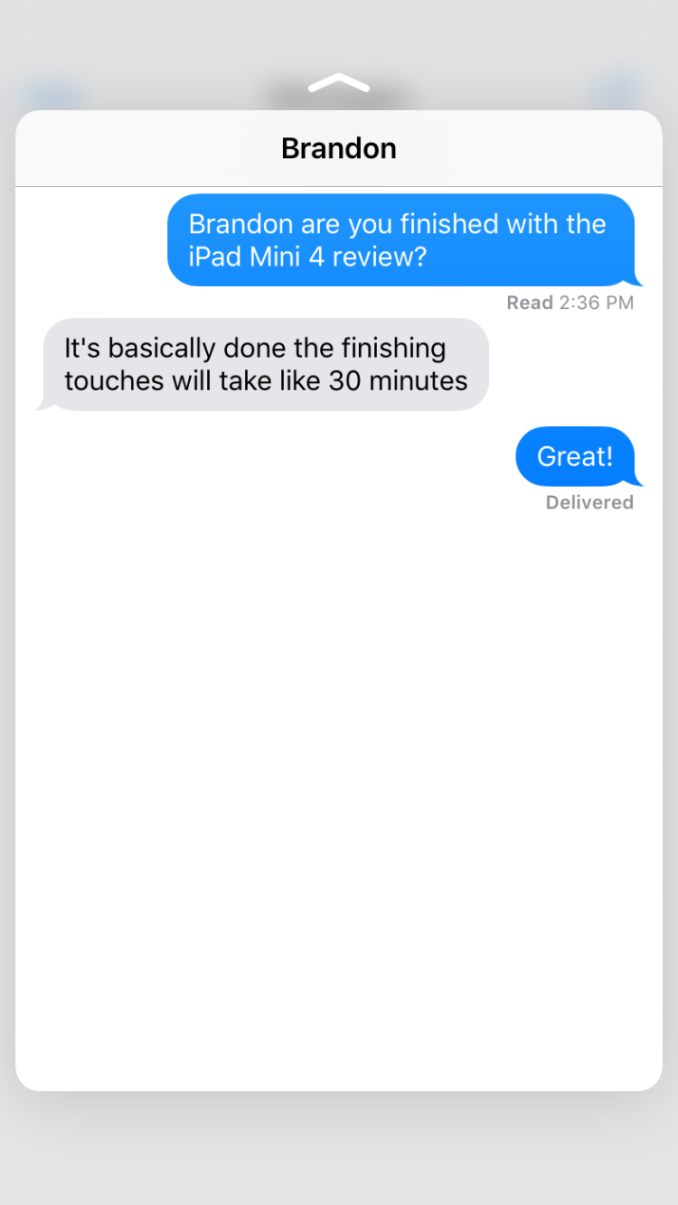
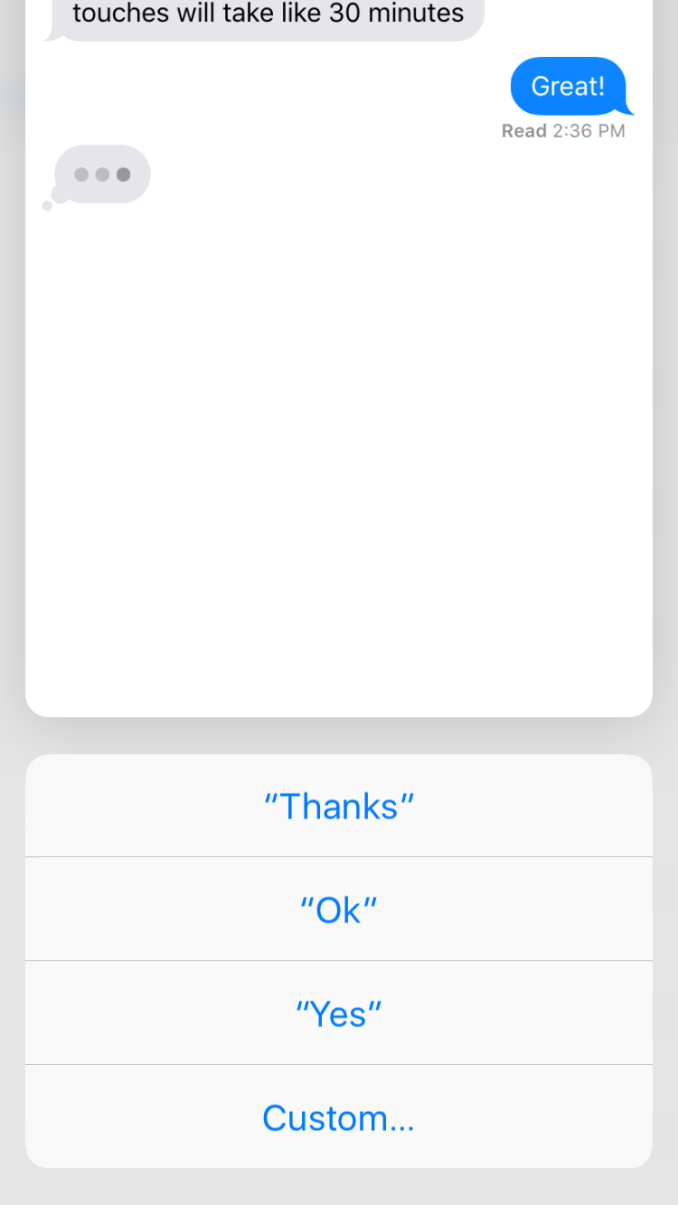
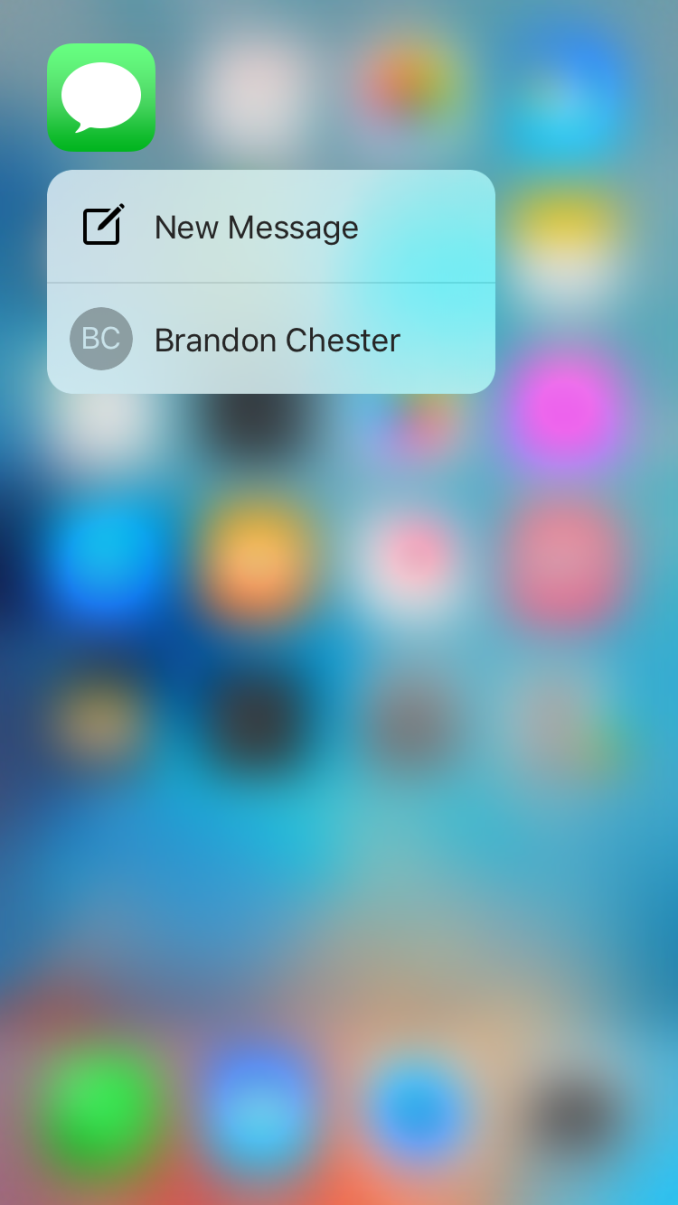
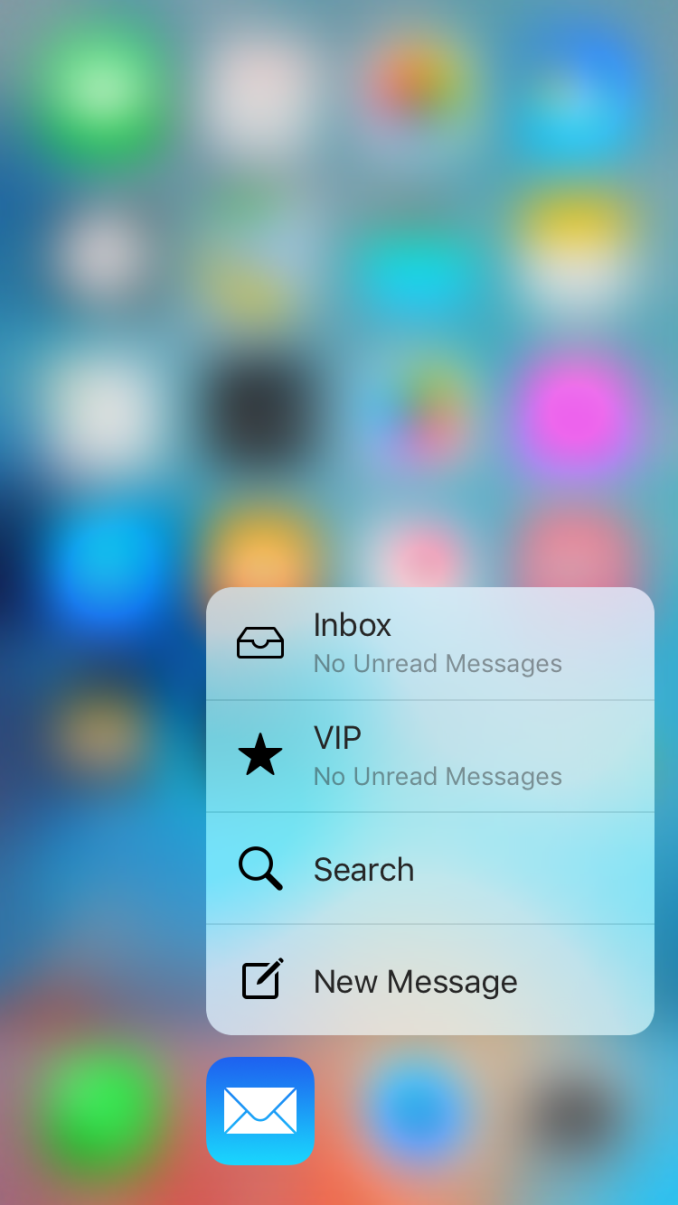

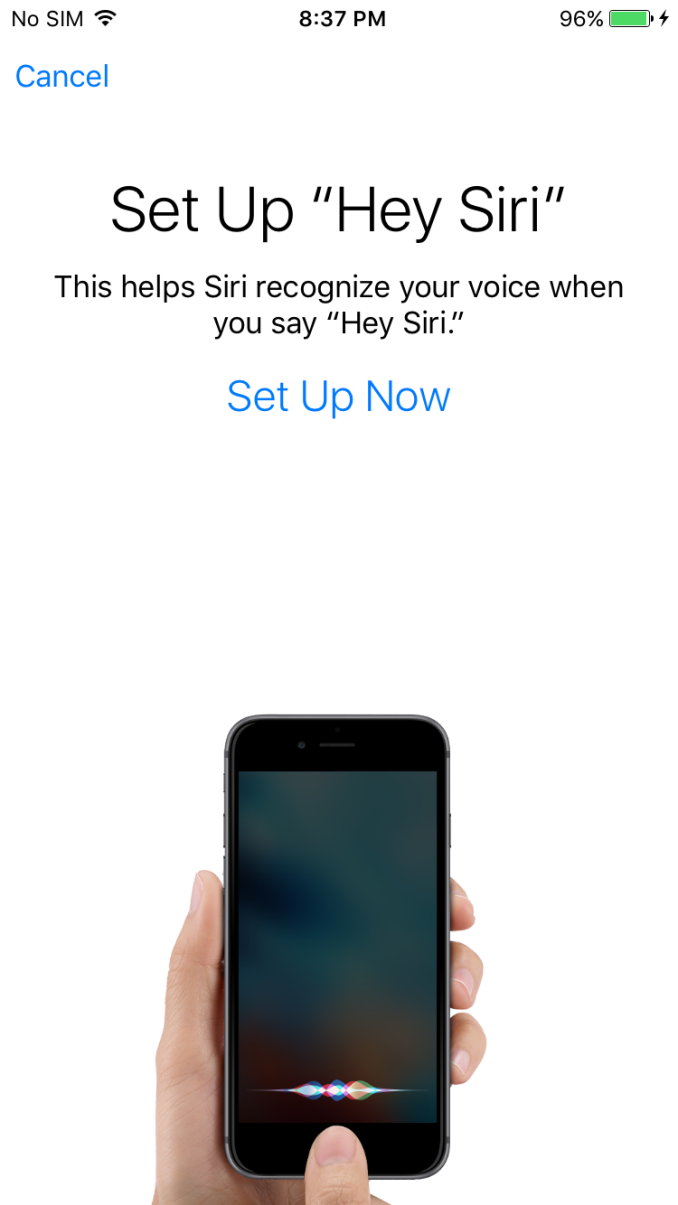
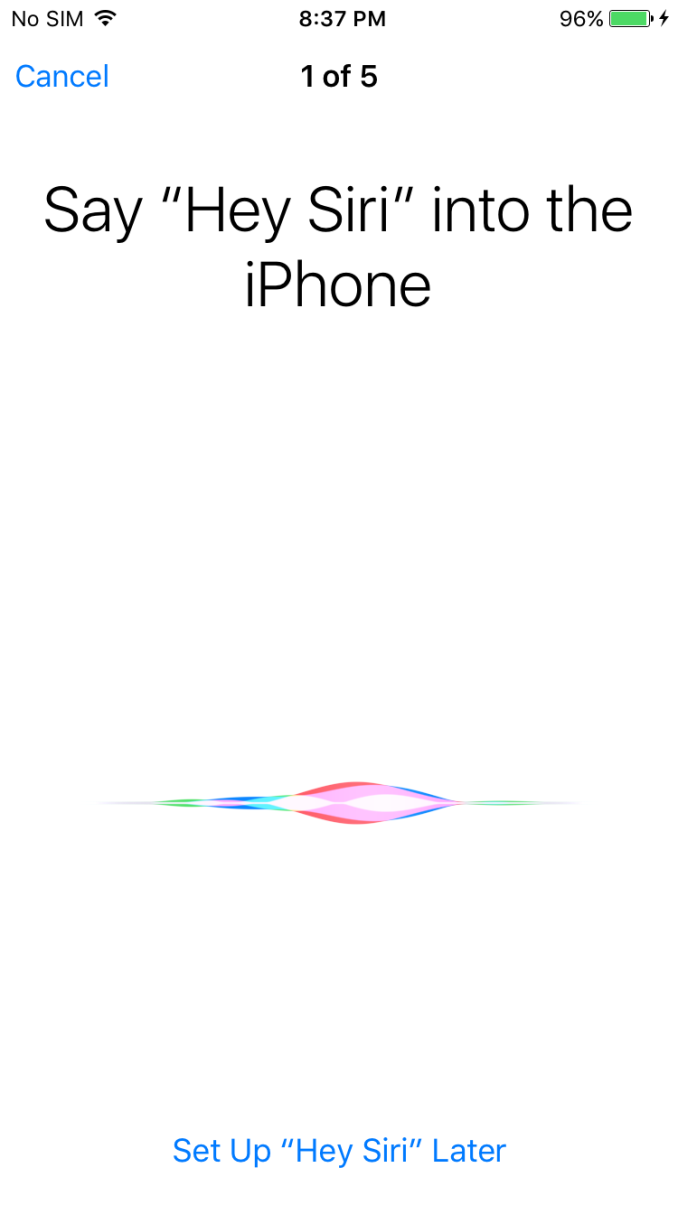
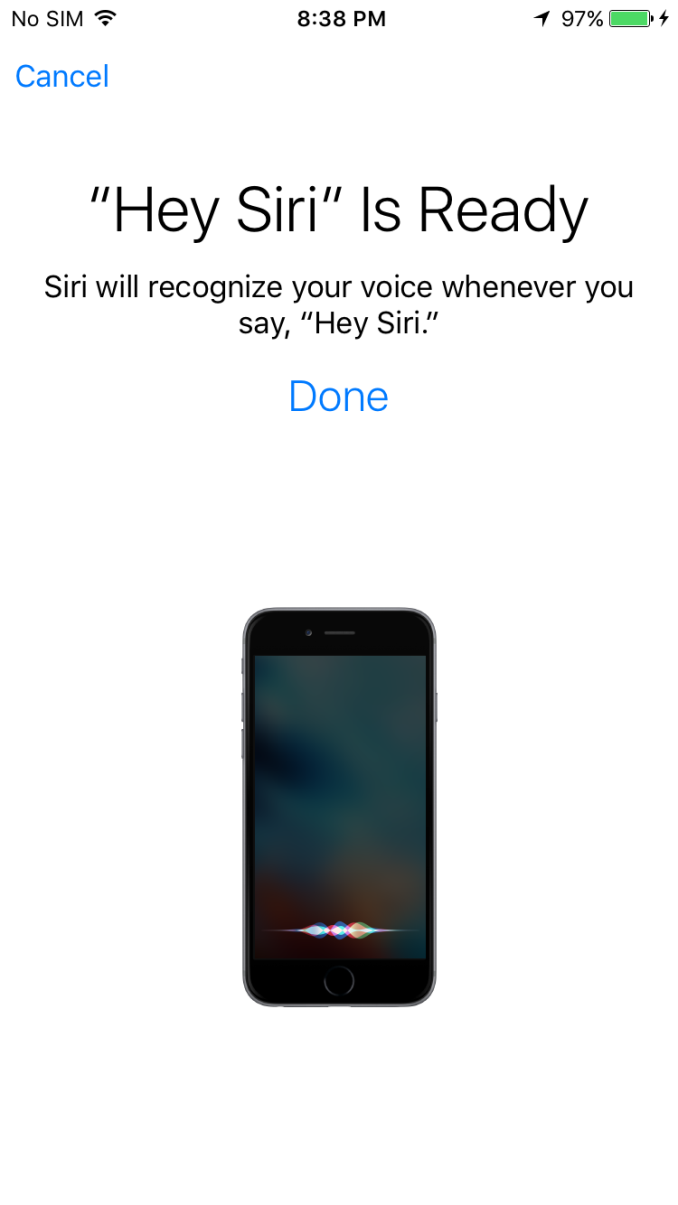
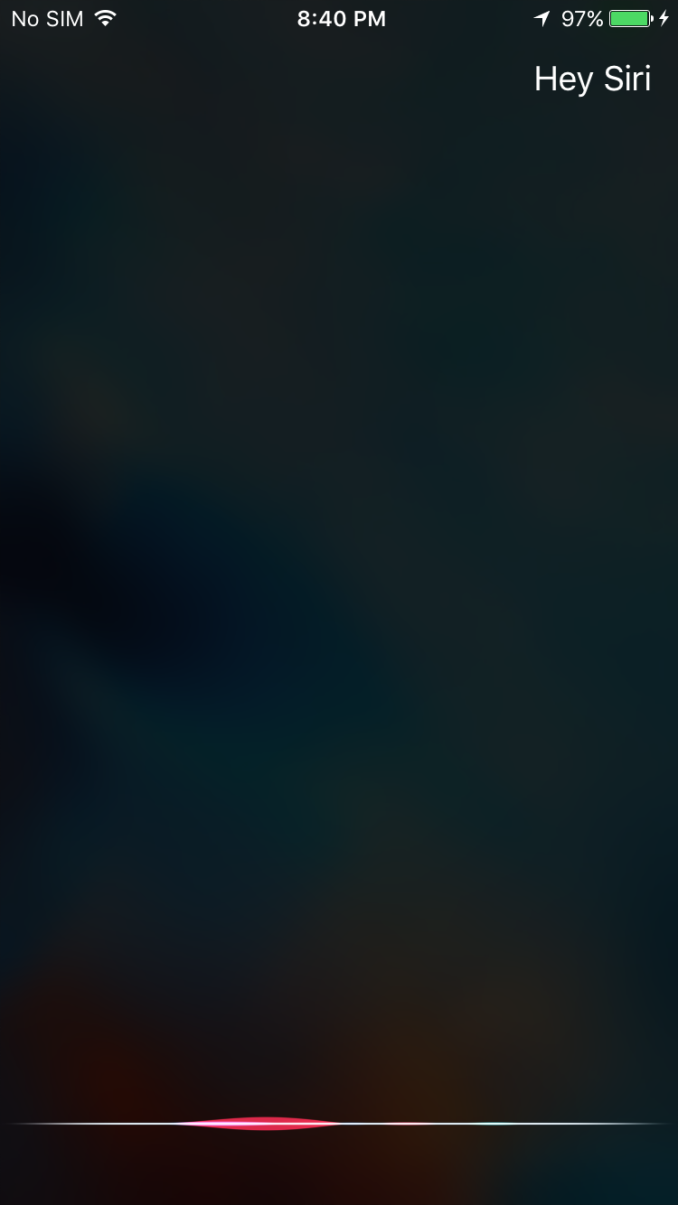








531 Comments
View All Comments
flyingfiddle - Wednesday, November 4, 2015 - link
Truly amazed and convinced that Apple has the best SoC of any phones, and their investment on the SoC paid off. So does their investment on refined iOS experience. I am Android guy but I have to admit I really wish SoC on Android could catch up one day, sooner the better.On the other hand, just because Apple is great in some areas does not mean they should get away with other things that's not as great. The raw power of a high end phone has become more than sufficient for many general users, such that making it more powerful is starting to generate diminished return. I could think of many things that I wish iPhone has, such as longer battery life (i know it's great, relatively, but why not push the boundary?), better screen/body ratio, external memory, more setting and better UI in the camera app, etc.
Well, still not my cup of tea but truly wish Android SoC could catch up one day. That's assuming Android platform survive that long (they have the largest market share but really don't make much money). I hope my money helps supporting them a bit longer..
tytung - Wednesday, November 4, 2015 - link
Can anyone comment on the iPhone 6s Plus frame rate dropping issue ? Animations looks choppy and the frame rate looks like only about 30 fps, unlike 60 fps on the 6s. If the GPU on the phone is so powerful this should not be an issue. In fact, for a phone this expensive UI frame rate drop is really a shameful problem.polmes - Thursday, November 5, 2015 - link
Got tired of iOS and moved to Android (Galaxy S6) earlier this year, but Apple definitely deserves an applause for being basically the only one to keep innovating in the mobile space. kudosSocius - Thursday, November 5, 2015 - link
Hmmmm...any idea why your iPhone 6s Plus scored just 15800 in Google octane when mine scored over 18,000? That's a pretty big discrepancy at 15%. Does your phone have a Samsung CPU? Mine is TSMC.zeeBomb - Thursday, November 5, 2015 - link
Both units are TSMC.Socius - Thursday, November 5, 2015 - link
Then there's something off as there is no way the 6s plus should be scoring just 15,800 on octane.mortimerr - Thursday, November 5, 2015 - link
I've never actually owned an Apple product in my life. All the way back to the original iPod classic. But I will probably finally be changing my stupid principle of 'No Apple Products'.The Android landscape recently has been going back instead of forward. Android 5-6 showcase minor improvements over 4.4.4 (Personally I also prefer Halo. Marshmallow and Lollipop looks slightly cartoony), battery life isn't that much of a leap (a lot of devices are experiencing the mobile radio active bug), and due to the fact that the high end market in the East is so saturated, most OEMs are cutting costs and putting out mid tier phones that lack top end hardware.
A lot of recent releases for Android have a great price point but either have a terrible camera (sensor, pixel size, post processing etc) or the IPS display leaves something to be desired, or it's this or it's that. The only OEM pushing the platform forward is Samsung. But, to be quite frank, I find those devices ugly to look at in every way from the bezel, UI skin, back, front, etc.
Where as Apple continues to simply improve with every iteration. Dual source fab at 14nm! What? 3D touch, increasing the ppi, maintaining solid battery life, great low light camera performance. Offering a big size and a small size with the same internals.
Sony also did this but I don't see the 810 as a very good chip going forward. Especially when it's already pretty far behind in performance to the Exynos and A#. I'll look forward to see if Sony updates the Z line.
I want to wait for Q2'16 for when devices with the 820 start being released, but what's the point when every device will inevitably have some drawback or large flaw or straight up just not be released in N. America.
JTRCK - Friday, November 6, 2015 - link
Where do you want phones to go? There's not much else they can do. A phone being imperfect is "always" the case. There is always something lacking in all these devices, including the iPhone 6S and 6S Plus. One of the first mentions in this review is that the author is still using an HTC One M7 from years ago. Because quite honestly, that was the pinnacle of smartphone design plus an excellent combination of fluid software, excellent performance, and an excellent night performance for a camera (though everything else about that camera was a downgrade). That 3 year old phone is still a very good performer today.Increasing processor/RAM/Storage speed is all excellent and it's expected, but the benefits from such increases are hardly felt by the user on day to day usage. Especially if the software is done properly. Example: I have an old iPhone 4s at home that I use for music streaming that consistently beat out my previous note 4 on application opening, multitasking, sound output quality, web surfing speed, etc. Which phone is superior? Which phone is better? Did AnandTech give that iPhone 4s the BEST award? In my view Apple has always been the king of software and hardware performance. They can get a device with 512mb of ram to outperform a Note 4 with a multicore processor and with 3GB of ram. They should always get the BEST award. But is the BEST (100%) really worth $1,200.00 when the second BEST (99%) is half the price?
I'm not talking about Samsung here. Their phones are expensive with crappy performance. I'm talking about the Moto X Pure, HTC One M9/10, Nexus 6P, etc. I used an iPhone 6S Plus for 2 weeks (and an iPhone 6 Plus for 4 months before that) and returned it for the Nexus 6P. I find the 6P to be a much better phone than the iPhone 6S plus in almost every aspect. It charges faster, it opens applications just as fast, I can multitask faster with the 6P with a side launcher without ever having to see a home screen. I can transition within an app at a faster pace due to dedicated back buttons. A simple thing as not having a "button" to go back a task annoyed me to no end with the iPhone. Not to mention all the limitations of iOS. The only benefit of iPhone for me were the integrations with my Macbook, but other than that. I disliked both iPhones.
The iPhone has all this amazing technology at its core, but my grandmother would never know when using her new 6S. And that's how it should be. I'm more amazed that a Nexus 6P costs half what an iPhone costs while still managing to do just as much, if not more. I honestly found nothing revolutionary about the 6S Plus while using it. In fact, I found it to be quite similar to the 6 Plus. Which I found to be quite similar to the iPhone 4s. Just much larger. And in terms of OS performance, vanilla android at this point is quite simply just as visually pleasing, power efficient, responsive and performant as iOS.
FL777 - Friday, November 6, 2015 - link
Amusingly, there is a YouTube real world speed test between the Nexus 6P and the iPhone 6S and the Nexus 6P BEATS THE IPHONE 6S!!!!!http://www.frequency.com/video/nexus-6p-vs-iphone-...
So much for the iPhone 6S SoC being unbeatable LOL.
Blark64 - Friday, November 6, 2015 - link
Umm, did you watch the video? The difference was milliseconds, and with a "hand-done" test like this the phones were well within the margin of error, and essentially tied. Also, that was possibly the least informative benchmark I've ever seen, since repeatedly launching apps in a tight cycle is something that essentially no one actually does in the real world. That's why benchmarks that are either: more reflective of the real world, or synthetic and scientifically repeatable (like Geekbench and the various browser benchmarks), are probably a better guide.